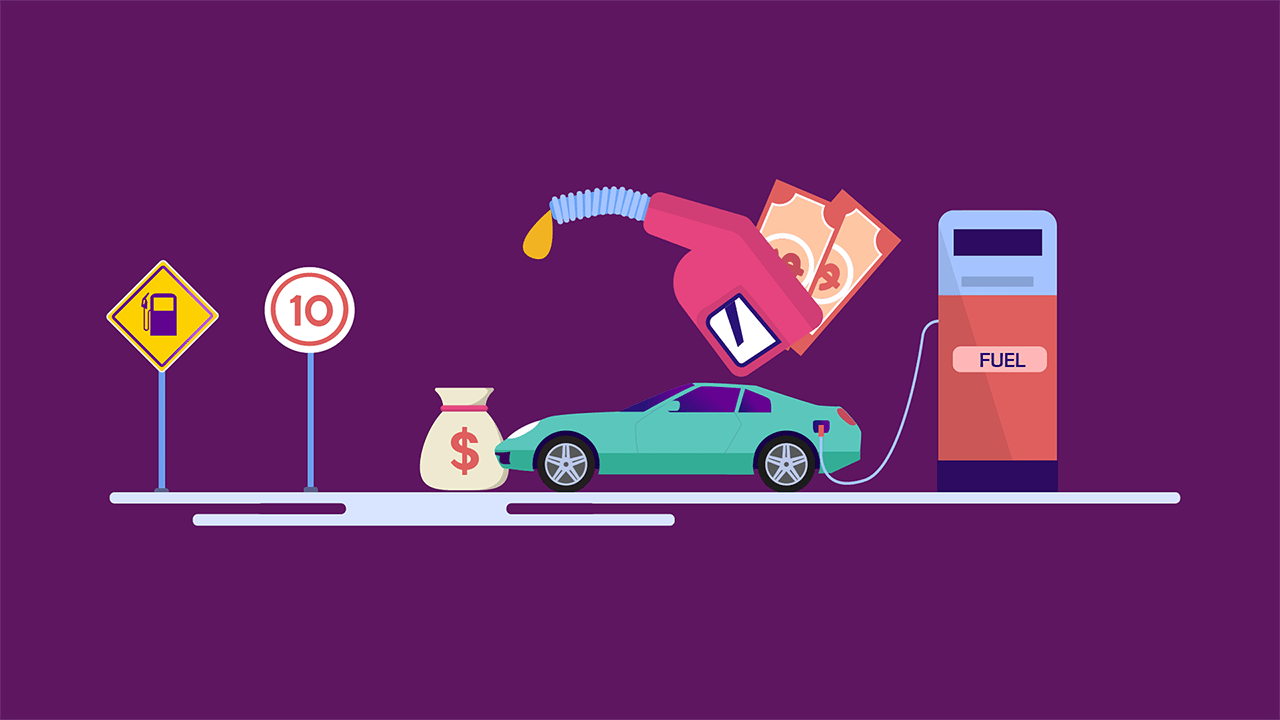What Is Engine Sludge? 10 Things To Know About Engine Sludge
By Umm e Hani on Apr 24, 2024Contents
- What is Engine Sludge?
- How Does Engine Sludge Form?
- Engine Oil Sludge Symptoms
- How to Prevent Engine Sludge
- What to Do If You Think You Have Engine Sludge?
- 10 Things To Know About Engine Sludge
- That’s A Wrap!
- FAQ
What is Engine Sludge?
Engine sludge is a type of oil sludge that forms in the engine of a car or truck. It is a thick, sticky substance that can clog the engine's oil passages and reduce the flow of oil. This can cause the engine to overheat and damage its internal components.
How Does Engine Sludge Form?
Sludge in engine is formed when oil breaks down and reacts with other substances in the engine. This can happen for a number of reasons, including:
Overheating
When the engine overheats, the oil breaks down more quickly.
Contamination
Dirt, dust, and other contaminants can get into the oil and cause it to break down.
Poor maintenance
If the oil is not changed regularly, it can become contaminated and break down.
Engine Oil Sludge Symptoms
There are a number of signs that may indicate that your engine has sludge. These include:
Reduced oil pressure
If the oil pressure is low, it may be a sign that the oil passages are clogged with sludge.
Excessive oil consumption
If the engine is consuming more oil than usual. It may be a sign that the sludge is causing the oil to leak.
Thick, black oil
If the oil is thick and black, it may be a sign that it is contaminated with sludge.
How to Prevent Engine Sludge
To prevent engine sludge, it is crucial to follow a regular oil change schedule. Regular oil changes ensure that contaminants and impurities are removed from the oil. It prevents them from accumulating and forming sludge. Additionally, using high-quality oil is essential for maintaining optimal engine performance. And reducing the risk of sludge formation.
Regular engine servicing is another vital step in preventing sludge buildup. During servicing, mechanics check for any potential issues with the engine. They will then address them promptly to prevent further damage. Maintaining proper engine cooling is also crucial. Overheating can accelerate oil degradation and increase the likelihood of sludge formation.
Avoiding the use of contaminated oil is essential for preventing sludge buildup. Contaminants such as dirt, dust, and moisture can enter the oil system through the air intake or contaminated oil filters. Using clean oil and maintaining proper oil filter can effectively prevent contamination.
Adopting driving habits that minimize engine wear can also contribute to sludge prevention. Avoiding hard acceleration and braking, can reduce engine stress and wear.
What to Do If You Think You Have Engine Sludge?
If you think you have engine sludge, it is important to have your engine inspected by a qualified mechanic. They will be able to diagnose the problem and recommend the best course of action. In some cases, the sludge may be able to be removed by flushing the engine. However, in other cases, the engine may need to be replaced.
10 Things To Know About Engine Sludge
1. Temperature Matters
Extreme temperature conditions, both hot and cold, can contribute to engine sludge formation. Rapid temperature changes can cause moisture. It can accumulate in the engine, mixing with oil and promoting sludge development.
2. Short Trips Pose Risks
Taking frequent short trips without allowing the engine to reach optimal operating temperature. It can contribute to sludge formation. Incomplete combustion cycles and inadequate heat can accelerate oil breakdown.
3. Additives Aren't a Cure-All
Relying solely on additives is not a foolproof solution. Regular maintenance practices, such as timely oil changes, remain the most effective preventive measure.
4. Synthetic Oil Can Help
Synthetic oils are less prone to breaking down than conventional oils. Synthetic oils make a valuable choice for preventing sludge. They offer enhanced stability and better resistance to high temperatures.
5. Oil Quality Matters
Using the oil recommended by your vehicle's manufacturer is crucial. Different engines have different requirements. And using the right oil can significantly reduce the risk of sludge formation.
6. Engine Flushing Considerations
Engine flushing should be approached with caution. It's essential to use the right flushing agents. And follow manufacturer guidelines. Because improper flushing can lead to more significant issues.
7. Regular Inspection is Key
Checks your engine's components and fluid levels often. It can help identify early signs of sludge formation. Timely intervention can prevent the issue from escalating.
8. Environmental Impact
Engine sludge isn't just harmful to your vehicle. It can also have environmental consequences. Proper disposal of used oil and contaminants is crucial. It will help in minimizing environmental impact.
9. Age and Mileage Factors
Older engines and those with high mileage are more susceptible to sludge formation. Diligent maintenance is important as your vehicle ages.
10. Fuel Quality Influence
Poor-quality fuel can introduce contaminants into the engine. It can lead to sludge formation. Choosing reputable fuel stations and using high-quality fuel can mitigate this risk.
That’s A Wrap!
Engine sludge is a serious problem that can cause major damage to your engine. By following the tips in this guide, you can help to prevent engine sludge and keep your engine running smoothly.
FAQ
How To Clean Sludge From Engine?
There are two main ways to clean sludge from an engine:
- Engine flush: This is a chemical that is added to the engine oil to help dissolve sludge. However, engine flushes are not always effective, and they can sometimes damage the engine's seals and gaskets.
- Professional cleaning: This is the most effective way to remove sludge, but it is also the most expensive. A professional mechanic will use a specialized solvent and high-pressure water to clean out the engine's oil passages.
How To Put Oil In Your Car?
Locate the oil filler cap. This is usually located on the top of the engine. Open the oil filler cap. Use a funnel to pour the oil into the engine. Check the oil level using the dipstick. The oil level should be between the "full" and "add" marks. Close the oil filler cap./p>
What Does Bad Oil Look Like?
Bad oil will be thick, black, and dirty. It may also have a burnt smell.
How To Fix Too Much Oil In Car?
If you have too much oil in your car, you can drain some of it out using the oil drain plug. The oil drain plug is usually located on the bottom of the engine.
What Happens If You Add Too Much Oil?
Adding too much oil can cause your engine to overheat and damage the seals and gaskets. It can also cause the engine to lose power and run rough.
What Happens If You Drive With No Oil?
Driving with no oil will quickly damage your engine. The engine will overheat and seize up, requiring a complete rebuild.
How Long Can You Drive Without Oil Cap?
You should not drive without an oil cap for more than a few miles. The oil will become contaminated with dirt and debris, which can damage the engine.


